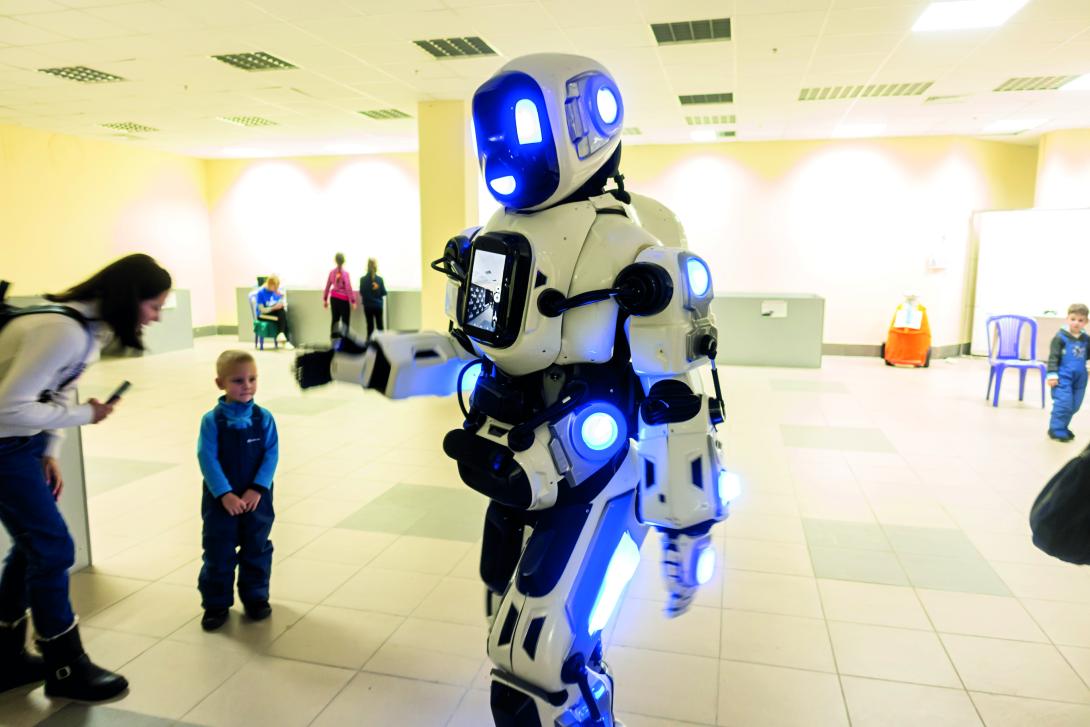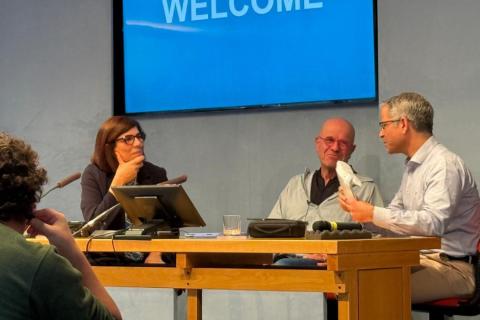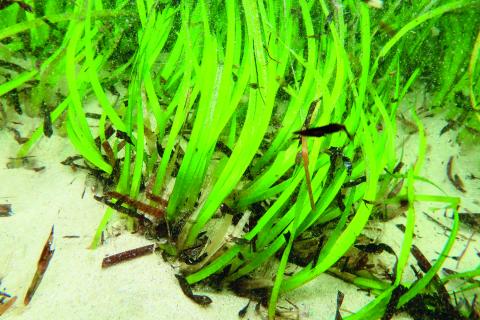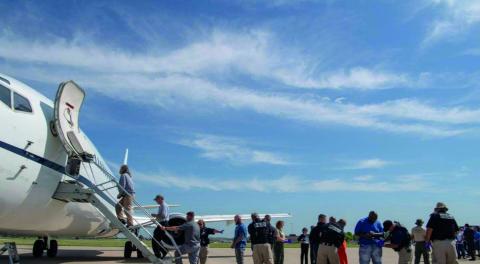
Photo by Hrishchenko Oleksandr | Dreamstime.com
The extraordinary effort and funding that went into the rapid development of Covid-19 mRNA vaccines is an example of what has become known as “moonshot” research. These ambitious research programs seek to bring together the best minds in a field in order to tackle the most challenging issues facing societies today.
The moniker “moonshot” is the legacy of the American effort to put a man on the moon by the end of the 1960s. In 1962, in fact, President Kennedy delivered the historic challenge. Seven years later, the Eagle landed on Tranquility Base and Neil Armstrong and Buzz Aldrin walked on the lunar surface.
The work being done at the Lawrence Livermore National Lab (LLNL) in California today can be considered a prototype of “moonshot” research. The lab, established in 1952, “fearlessly and relentlessly pursues big ideas to solve the most important security challenges facing the nation and the world.”
Their research aims to address imminent issues that range from national security to energy and climate change. In December 2022, LLNL scientists announced the achievement of fusion ignition, which paves the way for further developments in the field of clean power.
“Moonshot” research is not limited to U.S. facilities; rather, it has given rise to innovative worldwide cooperation.
An interesting example is provided by Japan’s Council for Science, Technology and Innovation Policy. It brings together experts from around the world for symposia on a number of issues: overcoming limitations of body, brain, space and time; ultra-early disease prediction and intervention; coevolution of AI and robots; sustainable food supply and consumption, and others.
On September 22, 2022, for example, the Second International Symposium on Cybernetic Avatars was held in Kyoto, Japan. The keynote address was delivered by Professor Paolo Dario, founder of the Bio-Robotics Institute in Pisa, Italy, which counts over 200 researchers on its staff, with the goal of bringing as many robotic devices as possible to practical use.
Professor Dario spoke on the topic of “Companionship with Robots? Premises and Future Scenarios.” In what might seem like science-fiction, Professor Dario referred to the importance of that literary genre as a source of inspiration. In particular, he mentioned I, Robot, first published as a short story in 1940 and released as a full-length film in 2004.
The professor sees I, Robot as a paradigm of the robot companion, a machine able to interact socially with humans. Of course, this raises many issues, since the proliferation of such robots could influence social norms, as well as issues of regulation, monopoly, employment, and creation of autonomous robot communities.
Those of us who might be skeptical about the development of I, Robot might wish to consider the work of Jules Verne. What for his 19th century readers were mere fantasies are, in many cases, things that today we take for granted.
“Moonshot” research is gaining momentum in the scientific world across borders. Recently, Canada’s innovation and science minister François-Philippe Champagne indicated that he wants to “seize the moment” in fields such as climate change and artificial intelligence, while increasing and strengthening international partnerships.
Carlos Freire, with material from the Lawrence Livermore National Lab in California, and Japan’s Council for Science, Technology and Innovation Policy












